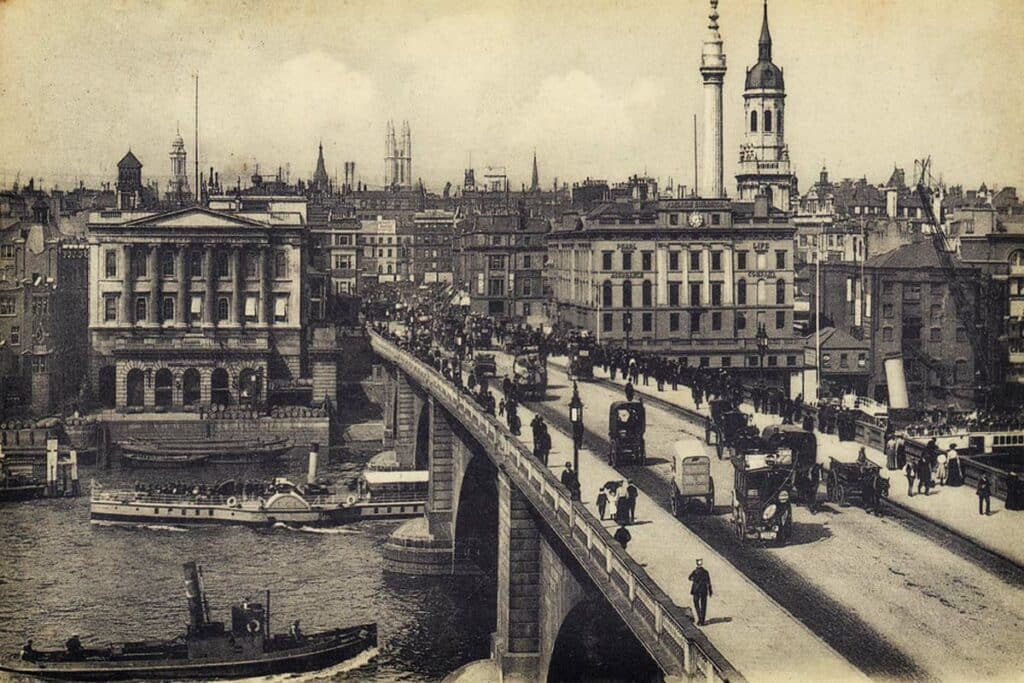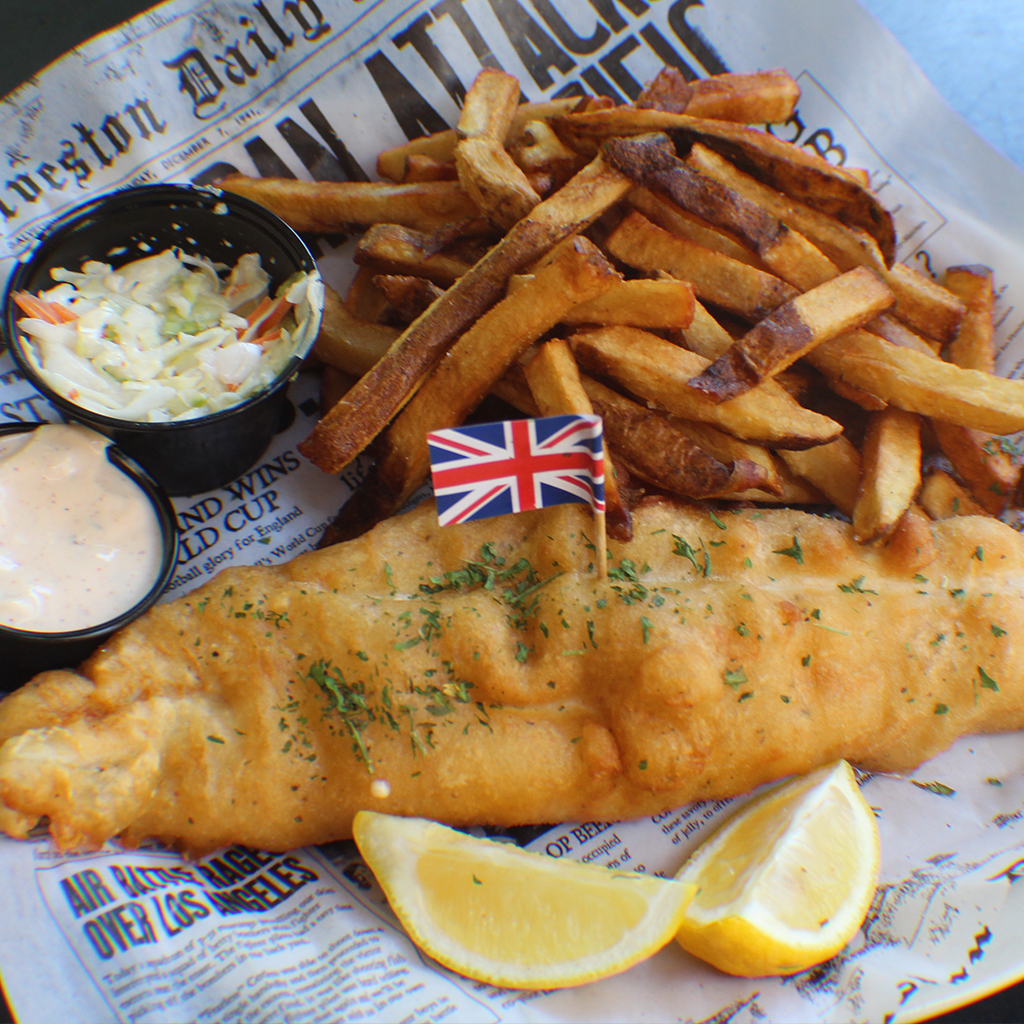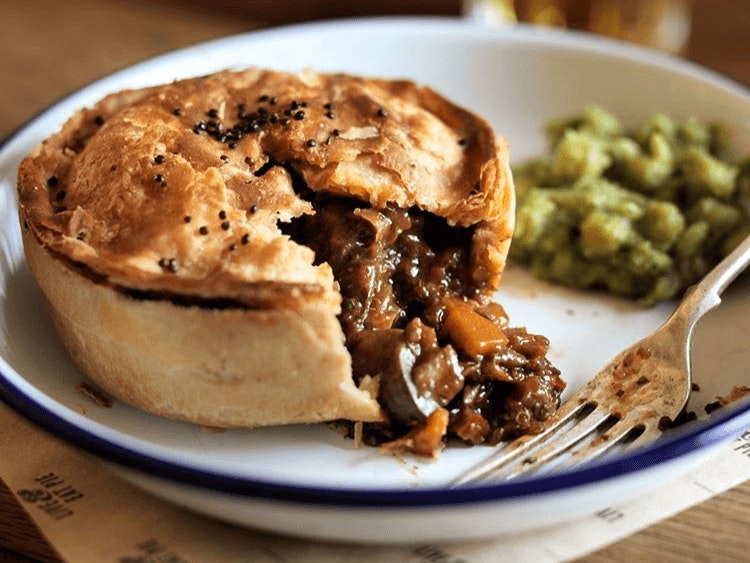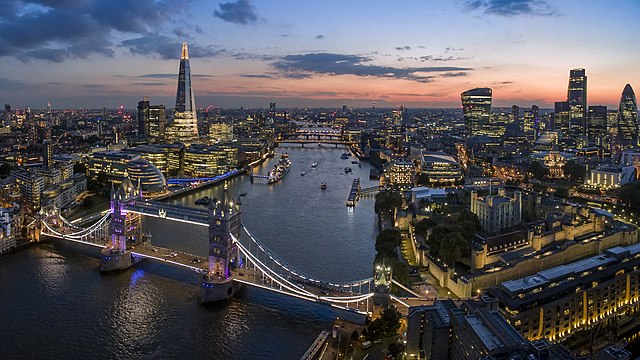POPULATION
14.900.000
CURRENCY
POUND STERLING (€)
TIMEZONE
GMT +1:00
LANGUAGE
ENGLISH
WEATHER
JULY 23ºC /
JANUARY 5ºC
AIRPORTS
Heathrow Airport
HISTORICAL IMPORTANCE OF LONDON
London holds immense historical importance as a global city that has shaped politics, culture, and commerce for centuries. As the capital of England and later the United Kingdom, London has been a focal point for monarchs, political leaders, and intellectuals since its founding by the Romans over two thousand years ago. It has witnessed pivotal historical events such as the Great Fire of London, the Tudor and Stuart monarchies, and the Industrial Revolution, which transformed it into a leading global center for trade and finance. London's rich cultural heritage is reflected in its iconic landmarks like the Tower of London, Westminster Abbey, and the Houses of Parliament, as well as its contributions to literature, theatre, and the arts. Today, London remains a vibrant metropolis and a hub of international influence, embodying its historical legacy while continuously evolving as a dynamic and multicultural capital city.

Why is London the Capital City of the UK?
London serves as the capital of the United Kingdom due to its long-standing historical, political, and economic significance. Founded by the Romans over two millennia ago, the city has grown into a major global metropolis and the seat of British government. It houses key institutions like Parliament and the monarch's residence, while also functioning as the country's primary economic engine. With a population of roughly 9 million, London far outstrips other UK cities in size and is home to numerous national cultural landmarks and institutions. These factors have cemented London's position as the natural choice for the UK's capital, a role it has fulfilled for centuries.
THE BEST TIME TO VISIT LONDON
The best time to visit London generally depends on your preferences, but late spring to early autumn is often considered ideal. From May to September, the weather is typically milder and more pleasant, with longer daylight hours allowing for extended sightseeing. June to August offers the warmest temperatures and numerous outdoor events, though it's also the peak tourist season with higher prices and larger crowds. For a balance of good weather and fewer tourists, consider visiting in May or September. Autumn (October to November) can be charming with fall colors in parks, while winter (December to February) offers festive attractions and potential snow, but colder temperatures. Early spring (March to April) sees the city coming alive with blooming flowers, though the weather can be unpredictable. Remember that London's weather is notoriously changeable, so pack layers regardless of when you visit.
TRANSPORTATION TO LONDON
Getting to London is easily facilitated by its extensive transportation network. London is served by several major airports including Heathrow, Gatwick, and Stansted, offering direct flights from major cities worldwide. The city's efficient Underground (Tube) system connects all corners of London, supplemented by an extensive bus network for convenient inner-city travel. Additionally, National Rail services provide connections to surrounding areas and other UK cities, with several major train stations like King's Cross and Paddington serving as hubs. For those preferring road travel, London is accessible via a well-maintained network of highways and roads. Once in the city, taxis and ride-sharing services are widely available for flexible and convenient local transport.
HISTORY LIVES
From its ancient Roman roots to its medieval and Tudor periods, London has served as a hub of political, economic, and cultural influence. The remnants of Roman walls, medieval castles, and Tudor palaces dot the cityscape, reminding visitors of its storied past. The Great Fire of 1666 and subsequent rebuilding under Christopher Wren's architectural vision shaped the modern city, while landmarks like the Tower of London and Buckingham Palace stand as enduring symbols of monarchy and power. London's museums, such as the British Museum and the Victoria and Albert Museum, house treasures from around the world, reflecting its global impact through the ages. Today, amidst its bustling streets and modern skyscrapers, London's historical legacy continues to thrive, making it a vibrant tapestry where history truly lives on.
THINGS TO DO AND PLACES TO VISIT



WHAT TO EAT IN LONDON

FISH AND CHIPS
Fish and chips is an iconic British dish cherished for its simplicity and satisfying flavors. Typically consisting of deep-fried fish fillets coated in a crisp batter alongside thick-cut, golden-brown fries, it's often accompanied by sides like mushy peas and tartar sauce. Whether enjoyed at a traditional fish and chip shop or as a takeaway wrapped in paper, this culinary delight remains a beloved part of British culinary heritage, offering a comforting and delicious meal that has stood the test of time.

BRITISH PIE
British pies are renowned for their comforting appeal and diverse fillings encased in flaky pastry. Whether it's the hearty steak and ale pie, featuring tender beef simmered in rich ale sauce, or the classic chicken pie with its creamy filling of chicken and vegetables, pies in Britain offer a delicious blend of flavors and textures. Pork pies, known for their savory meat filling in a sturdy hot water crust, and Cornish pasties, with their semicircular shape filled with meat and vegetables, add to the variety. Typically enjoyed with sides like mashed potatoes and peas, British pies are a beloved part of the culinary landscape, found in homes, pubs, and restaurants across the country, serving up warmth and satisfaction in every bite.

Afternoon Tea
Afternoon tea is a quintessential British tradition that typically consists of a light meal served in the mid-afternoon. It originated in the early 19th century when Anna, the Duchess of Bedford, began having tea and snacks to tide her over between lunch and dinner. Today, afternoon tea is a popular social occasion and often includes a selection of finger sandwiches (like cucumber, smoked salmon, or egg salad), scones with clotted cream and jam, and a variety of delicate pastries and cakes. The tea itself is an integral part of the experience, with a wide selection of blends to choose from. Traditionally, afternoon tea is served on a tiered stand with the sandwiches on the bottom, scones in the middle, and sweets on top, accompanied by a pot of freshly brewed tea. It's a delightful way to relax and indulge, often enjoyed in elegant hotels, tea rooms, and cafes throughout Britain.

Sunday Roast
The Sunday roast is a cherished British culinary tradition typically enjoyed as a hearty meal on Sundays, often with family or friends. It features roasted meat—commonly beef, lamb, chicken, or pork—that is cooked slowly to tender perfection. The meat is accompanied by roast potatoes, Yorkshire pudding (a fluffy, savory baked pudding), and a selection of vegetables such as carrots, peas, and Brussels sprouts. Gravy, made from the meat juices and thickened with flour, is poured over the dish to add extra flavor and moisture. The Sunday roast is often considered the highlight of a Sunday lunch or dinner, symbolizing a time for gathering, relaxation, and indulgence. It's a tradition that dates back centuries and remains a beloved part of British culinary culture, enjoyed in homes, pubs, and restaurants across the country.
HOW MANY DAYS SHOULD YOU SPEND IN LONDON?
For a fulfilling experience in London, plan to spend at least 3-4 days exploring this vibrant city. This timeframe allows you to visit iconic landmarks such as Buckingham Palace and the Tower of London, delve into the rich collections of museums like the British Museum, wander through historic neighborhoods like Covent Garden and Notting Hill, catch a show in the West End, and sample the diverse culinary offerings from traditional pubs to trendy eateries. Whether you're fascinated by history, art, shopping, or simply soaking in the city's atmosphere, a few days in London provides a balanced mix of sightseeing, culture, and memorable experiences.
